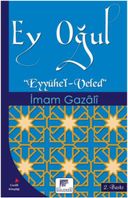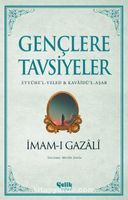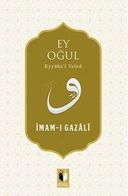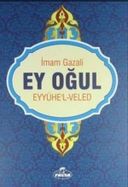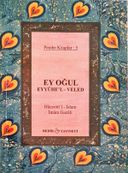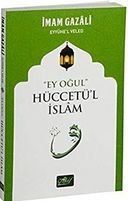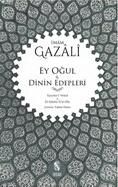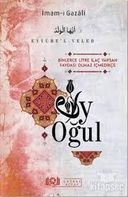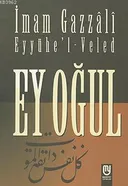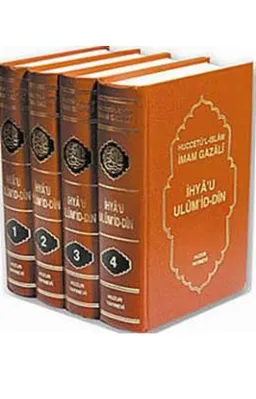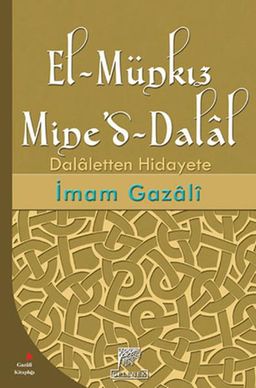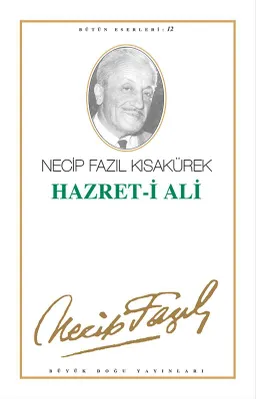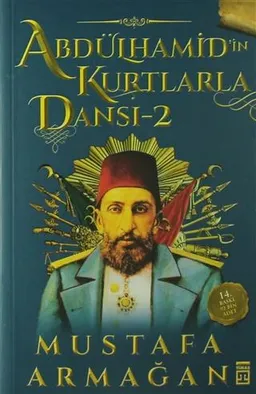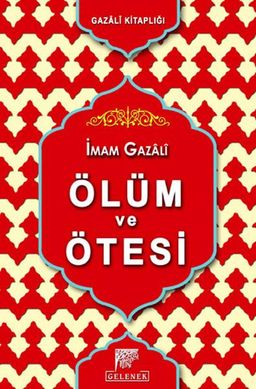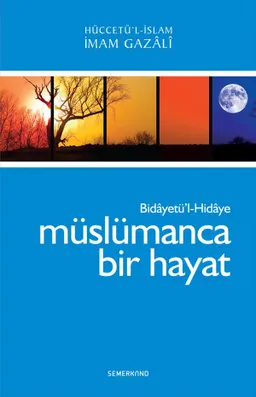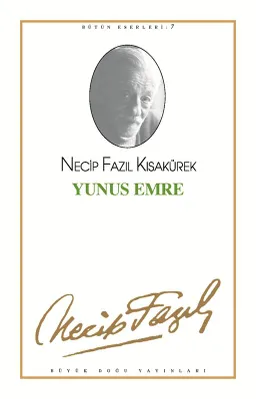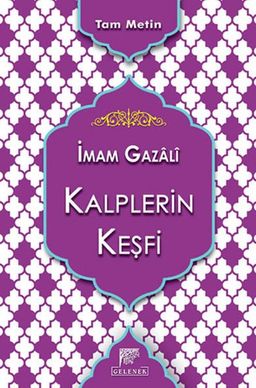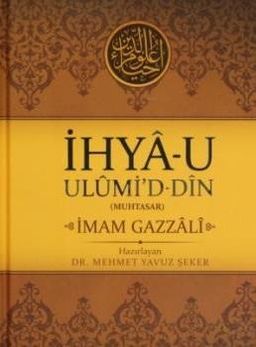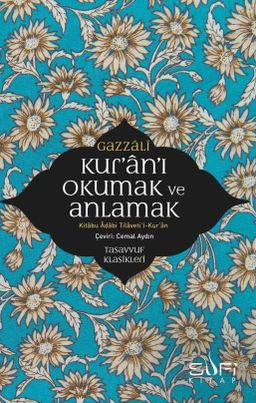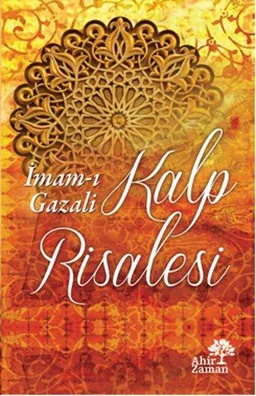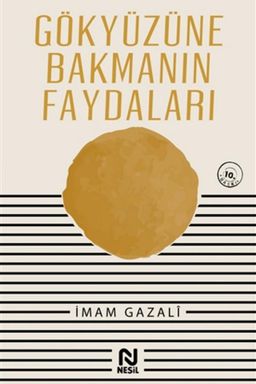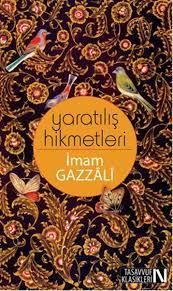Eyyühe’l-Veled Ey Oğul!
İmam GazaliAbout Eyyühe’l-Veled Ey Oğul!
Eyyühe’l-Veled Ey Oğul! subject, statistics, prices and more here.About
Fütüvvet kavramı, Kur’ân-ı Kerîm’de Hz. İbrâhim ve Ashâb-ı Kehf’i niteleyen “yiğit, delikanlı” (Ar. فتى) kelimesinden türetilmiş ve “cömertlik, cesaret, gençlik, yiğitlik, mertlik, fedâ” anlamlarını ihtiva eden bir kavramdır. İslâm dünyasında, hem ferdin iç dünyasını hem de toplumsal ilişkilerini belirleyen Kur’an temelli erdemleri öne çıkaran tasavvufî bir kavram olarak kullanılmaya başlanmıştır. Müslüman toplumlarda fütüvvet kurumu, sosyal bir kavram ve tasavvufî bir anlayış olmasının yanı sıra, Ahîlik teşkilatında görüldüğü gibi resmî bir toplumsal ve ekonomik teşkilatlanma biçimi olarak da öne çıkmıştır. Onun temelinde ise “Din, güzel ahlâktır.” ilkesinin, gençler ve meslek erbabı başta olmak üzere toplumun bütün katmanlarına kök salması gayesi vardır. Bu bakımdan fütüvvet anlayışı, gençlere, topluma ve özellikle de meslek erbabına sünnet temelli, toplum yararını önceleyen ve fedakârlığa dayalı bir ahlâk anlayışını sunar.
İmam Gazzâlî’nin (ö. 1111) öğrencilerinden biri, kendisinden pek çok alanda ilim tahsil etmiş olmakla beraber bu bilgilerden hangisinin âhiret için faydalı olacağını öğrenmek istemiş, bunun üzerine o da bu öğrencisine hitaben “Ey oğul” diye başlayan bölümlerden oluşan bu risâleyi kaleme almıştır. Gazzâlî eserinde öğrencisini çalışmaya, ibadete, nefsini arındırmaya teşvik eder. Genel anlamda bu risâle âdâb-ı muaşeretten, nefsin iyi ve güzel olana yönlendirilmesine kadar genç bir insanın kendini terbiye etmesinde esas alacağı ilkeleri ortaya koyması, yani bir “fetâ” portresi çizmesi bakımından tam anlamıyla bir fütüvvet risâlesi karakterini taşır.
Author: İmam Gazali
Translator: Selim Güzel
Estimated Reading Time: 2 hrs. 23 min.Page Number: 84Publication Date: February 2024First Publication Date: 1950Publisher: İber YayınlarıISBN: 9786257249881Country: TürkiyeLanguage: Türkçe
Other Editions
Ey Oğul
1,909 okunmaBeyan Yayınları · 1 July 2018 · 109 syf
Ey Oğul
819 okunmaGelenek Yayıncılık · May 2017 · 140 syf
Gençlere Tavsiyeler Eyyühe'l Veled & Kavaidü'l Aşar
513 okunmaÇelik yayınevi · · 68 syf
Ey Oğul
205 okunmaEhil Yayınları · 2017 · 140 syf
Gençliğe Öğütler: Ey Oğul
94 okunmaSemerkand Yayınları · October 2017 · 88 syf
Ey Oğul
66 okunmaDiyanet Işleri Başkanlığı · 2021 · 80 syf
Hak Yolcusuna Öğütler
59 okunmaBüyüyenay Yayınları · 2017 · 96 syf
Ey Oğul
58 okunmaRavza Yayınları · 1 February 2017 · 103 syf
Ey Oğul
56 okunmaBedir Yayınları · 1993 · 88 syf
Ey Oğul – Hüccetü’l İslam
54 okunmaAkif Yayınları · 23 March 2017 · 124 syf
Ey Oğul ve Dinin Edepleri
50 okunmaİnsan Yayınları · 20 March 2018 · 96 syf
Ey Oğul
41 okunmaİtisam Yayınları · · 86 syf
Eyyühe’l-Veled
38 okunmaÇağdaş Kitap · 18 August 2020 · 189 syf
Ey Oğul
25 okunmaMarifet Yayınları · March 2014 · 208 syf
Eyyühe'l Veled
15 okunmaSemendel Yayınları · April 2016 · 200 syf
Book Statistics
All statistics
Statistics of this edition
Reader Profile of the Book
Kadın% 64.4
Erkek% 35.6
0-12 Yaş
13-17 Yaş
18-24 Yaş
25-34 Yaş
35-44 Yaş
45-54 Yaş
55-64 Yaş
65+ Yaş
About the Author
İmam GazaliYazar · 302 books
This text has been automatically translated from Turkish. Show Original
Gazzâlî (Persian: الغزّالی) (b. 1058, Tus - d. 18 December 1111, Tus), Islamic scholar, philosopher, mystic and professor of the Great Seljuk State period. The nicknames of Gazzâlî, who is thought to be of Persian origin, are Hüccetü'l-İslâm and Zeynüddîn. He is generally known by the names Gazzâlî and İmam-ı Gazzâlî.
Ghazali was born in Tus, Khorasan, in 450 Hijri (1058 Gregorian). He received his primary education from Ahmed bin Muhammed er-Razikânî in Tus, then he went to the city of Curcan and received education from Ebû Nasr el-İsmailî, and then he studied at Nishapur Nizamiye Madrasa until the age of 28. As a theological thought, he was educated by Ebu Nasr al-Ismaili. He was influenced by Hasan Ash'ari and Shafi'i in terms of practical views. When his teacher Abdülmelik el-Cüveynî, nicknamed Imam-ı Harameyn, died in 1085, he went to Nishapur to the vizier of the Great Seljuk State, Nizamülmülk. Proving his superiority over other scholars with the answers he gave in a meeting in the presence of Nizam al-Mulk, he was appointed as the chief professor of the Nizamiye Madrasa in Baghdad in 1091. Here, he quickly gained fame and respect with his knowledge and the student community he acquired. He turned to Sufism and concentrated on this field under the influence of Ebû Alî Farmedî. With this interest and his desire for pilgrimage, he left his duty at the madrasah, left Baghdad in 1095 and went to Damascus. After staying in Damascus for two years, he went on pilgrimage in 1097.
After the pilgrimage, he returned to Damascus and from there he went to Tus via Baghdad. During his stay in Damascus and Tus, he lived a private life and progressed in the field of Sufism. Eleven years after his departure from Baghdad, in 1106, upon the request of Nizamülmülk's son Fahrülmülk, he started to give education again in Nishapur Nizamiye Madrasa. After a short time, he returned to Tus and lived a Sufi life with his disciples in the lodge he had built. Ghazali died in 1111 (Hijri 505) in his birthplace, Tus, Iran.
During the time when Ghazali lived, there was a great political and intellectual chaos in the Islamic world. Although the power of the Abbasid caliphs in Baghdad was weakening, the borders of the Great Seljuk State were expanding and its influence was increasing. Melikşah's vizier, Nizamülmülk, was gaining victories in the battlefields and opening discussion environments called scientific assemblies and madrasahs. During this period, the Shiite-Fatimid dynasty was on the throne of Egypt. In Europe, the Andalusian Umayyad State was in decline.
The first Crusade was also carried out during the reign of Gazzali. When Gazzali was 40 years old, Antakya was besieged by the crusaders and a year later Jerusalem was captured. Hasan Sabbah and Ömer Hayyam are also well-known people who lived in the same age as Gazzali. An intellectual collapse completed this confusion in the Islamic world.
Ghazali's curiosity for learning caused him to research many religious and intellectual movements. He saw that during his time, people who wanted to find the truth were divided into four groups, and each of them sought the truth in their own way. These; philosophers, theologians, Sufis, esotericists. By examining all of their opinions; He criticized theology, philosophy and the path of Batinism in detail in his books and turned to Sufism, the path of the Sufis, and sought the truth on this path.
Books
Dil Belası
9.4/10
Kalplerin Keşfi
9.4/10
El-Münkız Mine'd-Dalal Dalale...
9.3/10
Ey Oğul
9.4/10
Ölüm ve Ötesi
9/10
İhya-u Ulumi'd-Din (Muhtasar )
9.5/10
İhyâ-u Ulumi'd-Din (4 Cilt Tak...
9.5/10
Abidler Yolu
9.2/10
Kimyâ-i Saâdet (Cilt 1 - 2)
9.2/10
Müslümanca Bir Hayat
9.3/10
Kur'an'ı Okumak ve Anlamak
9.4/10
Kalp Risalesi
9.4/10
Gökyüzüne Bakmanın Faydaları
9/10
Yaratılış Hikmetleri
8.8/10
Mişkatu'l Envar Nurlar Alemi
9.2/10

